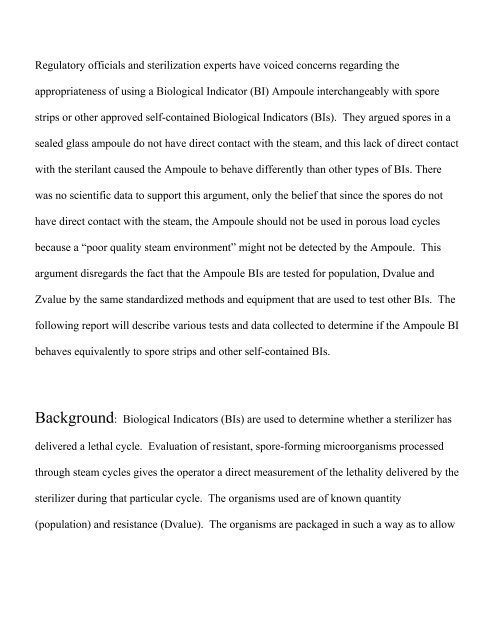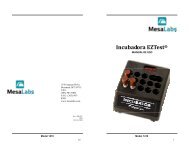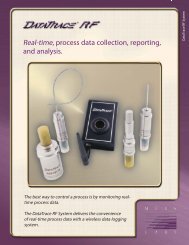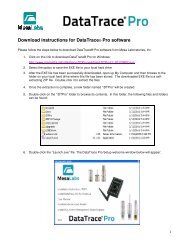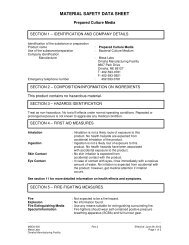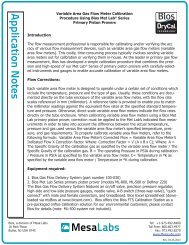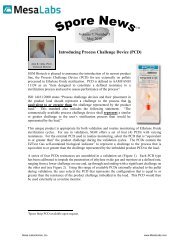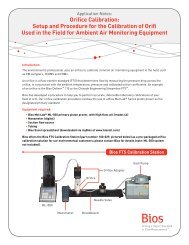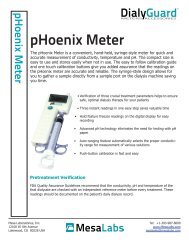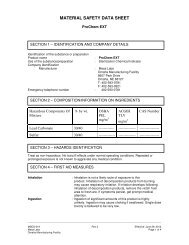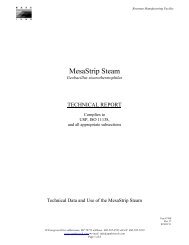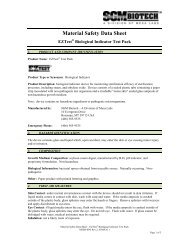You also want an ePaper? Increase the reach of your titles
YUMPU automatically turns print PDFs into web optimized ePapers that Google loves.
Regulatory officials and sterilization experts have voiced concerns regarding the<br />
appropriateness of using a Biological Indicator (BI) Ampoule interchangeably with spore<br />
strips or other approved self-contained Biological Indicators (BIs). They argued spores in a<br />
sealed glass ampoule do not have direct contact with the steam, and this lack of direct contact<br />
with the sterilant caused the Ampoule to behave differently than other types of BIs. There<br />
was no scientific data to support this argument, only the belief that since the spores do not<br />
have direct contact with the steam, the Ampoule should not be used in porous load cycles<br />
because a “poor quality steam environment” might not be detected by the Ampoule. This<br />
argument disregards the fact that the Ampoule BIs are tested for population, Dvalue and<br />
Zvalue by the same standardized methods and equipment that are used to test other BIs. The<br />
following report will describe various tests and data collected to determine if the Ampoule BI<br />
behaves equivalently to spore strips and other self-contained BIs.<br />
Background: Biological Indicators (BIs) are used to determine whether a sterilizer has<br />
delivered a lethal cycle. Evaluation of resistant, spore-forming microorganisms processed<br />
through steam cycles gives the operator a direct measurement of the lethality delivered by the<br />
sterilizer during that particular cycle. The organisms used are of known quantity<br />
(population) and resistance (Dvalue). The organisms are packaged in such a way as to allow


